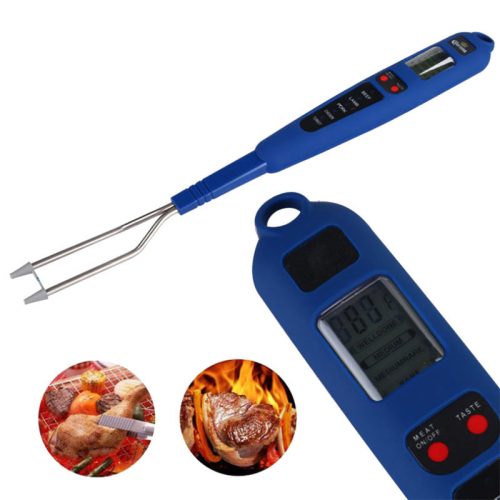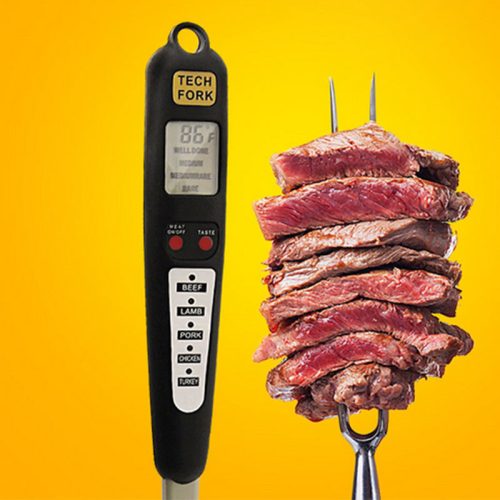As technology advances and our understanding of environmental factors grows, several innovations and future trends are expected to emerge in the field of hygrometry:
- Miniaturization and Portability: Future hygrometers may become smaller, more portable, and lightweight, allowing for greater flexibility in usage across various applications. Miniaturized sensors could enable integration into wearable devices or portable gadgets for personal health monitoring.
- Wireless Connectivity and IoT Integration: Increased integration with the Internet of Things (IoT) will likely be a key trend. Hygrometers will continue to leverage wireless connectivity, allowing for seamless data transfer to smartphones, cloud platforms, or smart home systems for real-time monitoring and analysis.
- AI and Machine Learning Integration: Advancements in artificial intelligence (AI) and machine learning algorithms may enhance the capabilities of hygrometers. These technologies could enable predictive analysis based on historical data, improving accuracy in forecasting humidity changes and providing actionable insights.
- Energy Efficiency and Sustainability: Future hygrometers are likely to focus on energy-efficient designs, using low-power sensors and eco-friendly materials. Energy harvesting techniques, such as solar or kinetic energy, may be employed to power these devices, promoting sustainability.
- Multi-Sensor Fusion: Hygrometers may incorporate multiple sensors to measure additional environmental parameters like temperature, air quality, or pressure. Fusion of data from various sensors could provide more comprehensive insights into indoor environments.
- Smart Fabrics and Materials: Advancements in material science may lead to the development of smart fabrics or coatings embedded with humidity-sensing properties. These materials could be integrated into clothing, furniture, or building materials, enabling continuous monitoring of humidity levels in various settings.
- Real-Time Environmental Adaptation: Future hygrometers may be linked to smart systems that dynamically adjust environmental conditions based on real-time humidity readings. This could involve smart HVAC systems, automated windows, or adaptive control mechanisms in buildings and homes.
- High-precision and Calibration Techniques: Innovations in sensor technology and calibration methods could lead to higher accuracy and precision in humidity measurement. Calibrated sensors that are more resistant to environmental changes or drift could become more commonplace.
- Health and Wellness Applications: Hygrometers may play a more significant role in personalized health monitoring. Integration with health-tracking devices or apps could provide insights into how humidity levels affect individuals’ well-being, leading to personalized recommendations.
- Environmental and Industrial Applications: In industrial settings, advancements may focus on robust, high-precision hygrometers for critical processes such as pharmaceutical manufacturing, semiconductor fabrication, or environmental monitoring in harsh conditions.
Overall, the future of hygrometry is likely to see a convergence of technological innovations aimed at enhancing accuracy, connectivity, sustainability, and integration into various aspects of our lives – from personalized health monitoring to creating more comfortable and efficient living and working environments.


